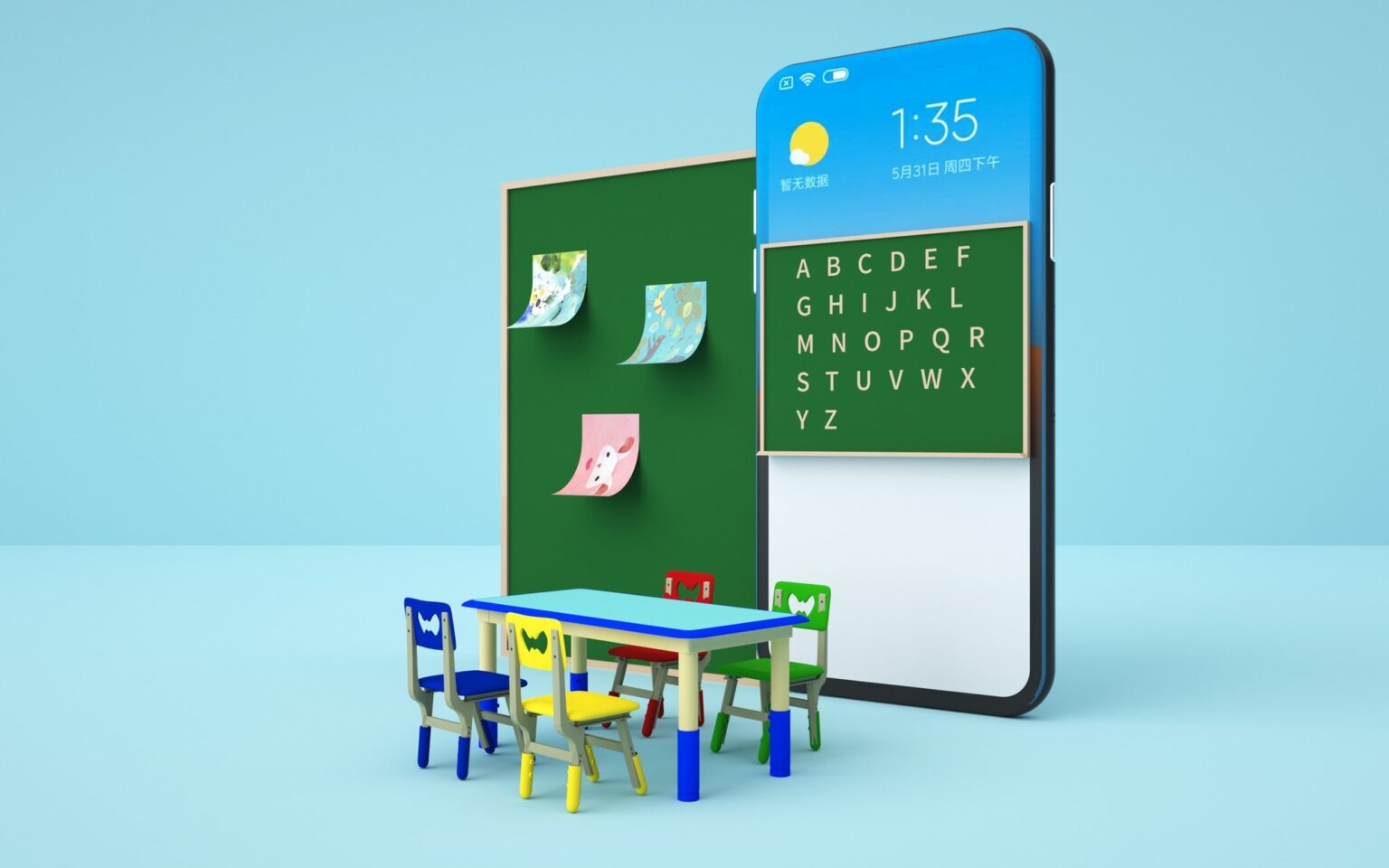Mobile learning, also known as m-learning, refers to the use of mobile devices and technologies to facilitate learning anytime and anywhere. With the widespread availability of smartphones and tablets, mobile learning has gained significant popularity and has the potential to empower education on the go. Here are some key aspects and benefits of mobile learning:
- Accessibility and Convenience: Mobile devices enable learners to access educational resources and learning materials whenever and wherever they want. Whether it’s reviewing notes, watching educational videos, or participating in online courses, mobile learning offers flexibility and convenience. Learners can fit learning activities into their busy schedules and take advantage of small pockets of time for productive learning.
- Ubiquitous Learning Opportunities: Mobile learning breaks down barriers to education by extending learning opportunities beyond the traditional classroom setting. With internet connectivity, learners can access a vast array of online educational content, including e-books, educational apps, podcasts, and interactive learning modules. This opens up a world of knowledge and resources at learners’ fingertips, fostering a culture of lifelong learning.
- Personalized Learning: Mobile learning facilitates personalized learning experiences. Educational apps and platforms can provide tailored content and adaptive learning pathways based on learners’ preferences, progress, and performance. Mobile devices can collect data on learners’ interactions, enabling personalized feedback, recommendations, and adaptive assessments. This customization helps learners engage with content that matches their individual needs and learning styles.
- Collaborative Learning: Mobile devices enable collaboration and interaction among learners, even when they are physically apart. Online discussion forums, messaging apps, and collaborative platforms facilitate communication, knowledge sharing, and group projects. Learners can connect with peers, participate in group discussions, and engage in collaborative problem-solving activities, fostering a sense of community and social learning.
- Multimedia Learning: Mobile devices support multimedia-rich learning experiences. Learners can engage with interactive videos, audio clips, infographics, and animations, making the learning process more engaging and memorable. Visual and audio content can enhance understanding, promote information retention, and cater to different learning preferences.
- Gamified Learning: Mobile learning often incorporates gamification elements, leveraging the inherent features of mobile devices to create interactive and engaging learning experiences. Gamified apps and platforms utilize game elements like badges, points, leaderboards, and challenges to motivate learners and make learning fun. Gamification encourages active participation, rewards achievement, and fosters a sense of accomplishment, leading to increased engagement and motivation.
- Continuous Learning Support: Mobile learning provides continuous access to learning resources and support materials. Learners can refer to course materials, lecture notes, and study guides at any time, helping them reinforce learning and revise concepts. Mobile devices can also serve as a platform for reminders, notifications, and study prompts, keeping learners engaged and motivated.
- Adaptive and Just-in-Time Learning: Mobile learning enables adaptive and just-in-time learning experiences. Learners can access information and resources on specific topics or skills as and when they need them. Mobile devices facilitate quick searches, instant access to information, and on-the-spot problem-solving. This flexibility allows learners to address immediate learning needs and acquire knowledge in a timely manner.
- Language Learning and Translation: Mobile learning offers language learning opportunities through apps that provide interactive lessons, vocabulary practice, and language immersion experiences. Mobile devices can also act as translation tools, helping learners understand foreign languages and fostering cross-cultural communication.
- Cost-effectiveness: Mobile learning can be a cost-effective solution, particularly in regions where access to traditional educational resources and infrastructure is limited. Mobile devices are often more affordable and accessible compared to computers or textbooks. Additionally, the availability of free or low-cost educational apps and online courses makes quality education more accessible to a wider audience.
Mobile learning has the potential to democratize education, empower self-directed learning, and expand educational opportunities. However, it’s important to



